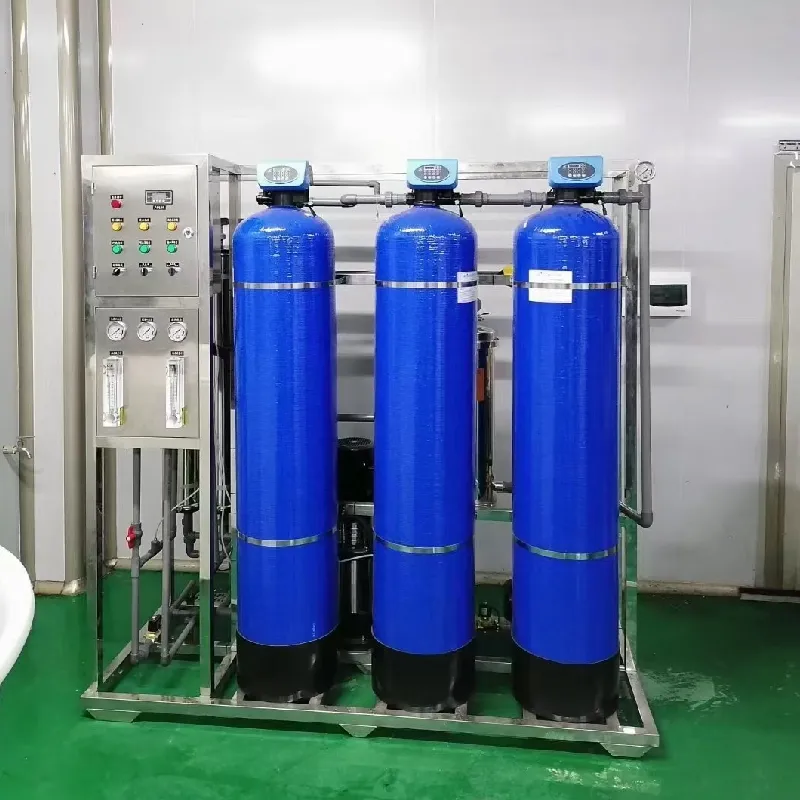loading...
- No. 9, Xingyuan South Street, Dongwaihuan Road, Zaoqiang County, Hengshui, Hebei, China
- admin@zjcomposites.com
- +86 15097380338
- Welcome to visit our website!
Exploring the Applications and Benefits of FRP Vessels in Modern Engineering
Understanding FRP Vessels Advantages and Applications
FRP (Fiber Reinforced Plastic) vessels represent a revolutionary advancement in material science and engineering, paving the way for numerous applications across various industries. Composed of a polymer matrix reinforced with fibers, typically glass, carbon, or aramid, FRP vessels are renowned for their high strength-to-weight ratio, corrosion resistance, and versatility. Their unique properties make them an optimal choice for scenarios where traditional materials such as metal and concrete may fall short.
The Composition and Construction of FRP Vessels
The construction of FRP vessels involves the careful layering of fibers within a resin matrix. This process can be performed through several methods, including filament winding, hand lay-up, and pultrusion. Filament winding, often used in the manufacture of high-performance containers, involves winding continuous filaments around a mandrel in various orientations to achieve desired performance characteristics. The choice of resin—such as polyester, vinylester, or epoxy—greatly influences the final properties of the vessel, affecting durability, thermal resistance, and chemical resistance.
Advantages of FRP Vessels
One of the most significant advantages of FRP vessels is their exceptional resistance to corrosion. Unlike metal vessels that can rust or corrode over time when exposed to harsh chemicals or environmental conditions, FRP vessels maintain their integrity. This property is particularly beneficial in industries such as chemical processing, oil and gas, and wastewater treatment, where exposure to aggressive substances is commonplace.
Moreover, FRP vessels are incredibly lightweight compared to their metal counterparts. This feature not only eases transportation and installation but also reduces the load on support structures, making them an excellent choice for applications in areas with strict weight limits or where structural modifications are impractical.
frp vessels

Additionally, the ability to mold FRP into complex shapes allows engineers to design vessels that are tailored to specific requirements and constraints. This design flexibility can enhance operational efficiency and make the best use of available space.
Applications of FRP Vessels
The versatility of FRP vessels means they find applications across a broad spectrum of industries. In the chemical industry, they are commonly used for storage tanks, pipes, and process equipment, where they must withstand corrosive substances. In the water and wastewater sector, FRP vessels are employed in treatment facilities for chemical storage and processing, significantly reducing maintenance costs associated with corrosion.
Furthermore, the aerospace and automotive industries have begun to adopt FRP technology for lightweight components, enhancing fuel efficiency and performance. In the marine sector, FRP vessels are utilized for various applications, including boat hulls and fuel tanks, benefiting from their resistance to saltwater corrosion and lightweight properties.
Conclusion
As industries continue to evolve, the demand for innovative and efficient materials will only grow. FRP vessels stand out as a solution poised to meet these challenges, combining strength, durability, and adaptability. As manufacturing techniques continue to advance, the potential applications for FRP vessels will likely expand, further solidifying their role in modern engineering and construction. With their unique attributes, FRP vessels are not just an alternative; they are a critical component in the way we approach design and material selection in today's fast-paced world.
-
GRP Structures: The Future of Lightweight, High-Performance EngineeringNewsJun.20,2025
-
FRP Water Tank: High-Performance Storage for Corrosive and Clean Water SystemsNewsJun.20,2025
-
FRP Square Tube: The New Industry Standard for Chemical and Structural ApplicationsNewsJun.20,2025
-
FRP Pultruded Profiles: The Ultimate Choice for Lightweight Structural StrengthNewsJun.20,2025
-
FRP Handrails: The Safer, Smarter, and Stronger Choice for Modern InfrastructureNewsJun.20,2025
-
FRP Grating: The Smart Solution for Durable, Lightweight Industrial FlooringNewsJun.20,2025
-
Why Choose a Galvanized Water Tank for Your Storage NeedsNewsMay.21,2025
